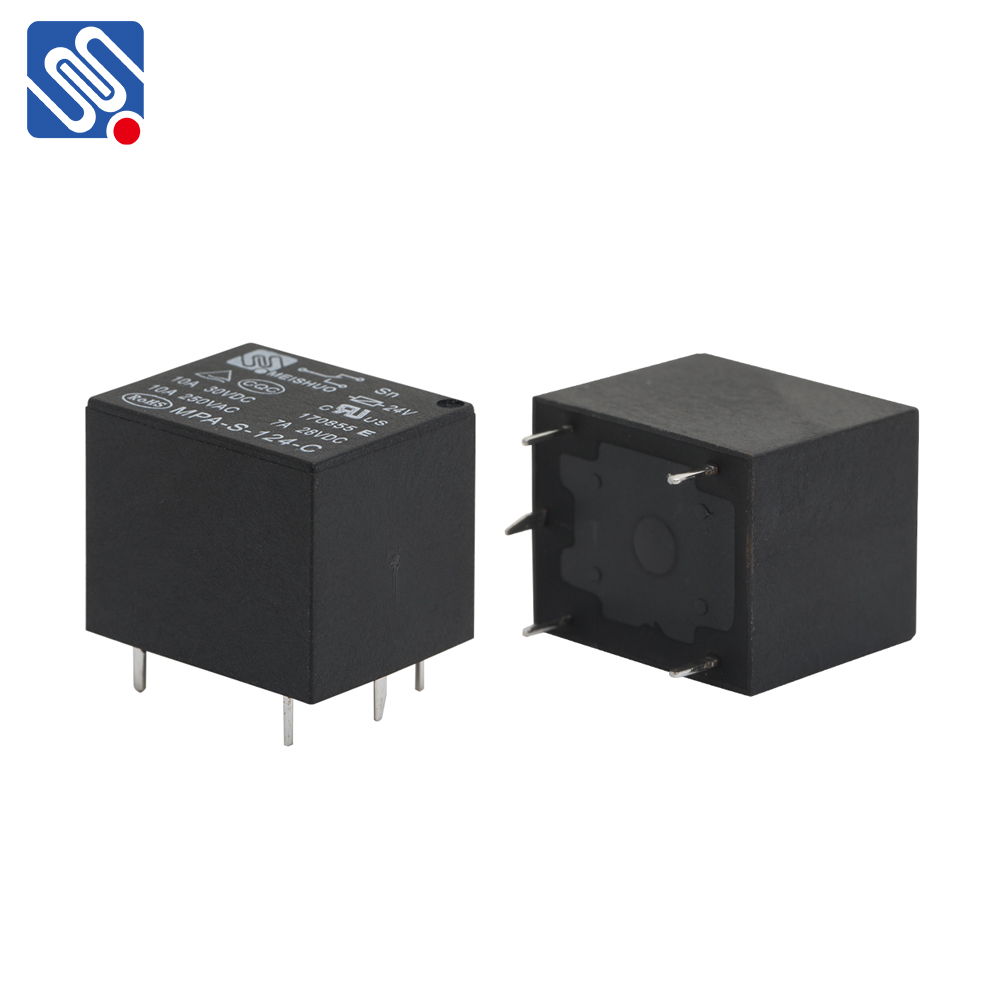understanding the 12 volt relay: a key component for automation and control systems
Release time:2025-06-12 22:17:47
Relays are an essential part of electrical and electronic systems, providing a method to control high voltage or current circuits using low voltage signals. One of the most commonly used relays is the 12 volt relay, which operates on a 12V DC (direct current) power supply. This versatile component has numerous applications in automotive, home automation, and industrial control systems, making it a valuable part of everyday electronic devices and machinery.

What is a 12 Volt Relay?
A 12 volt relay is an electromechanical switch that allows a low voltage signal, such as 12 volts, to control a higher voltage or current in a circuit. The basic operation of a relay involves an electromagnet that, when energized, creates a magnetic field. This field causes a set of contacts inside the relay to either open or close, completing or interrupting the circuit. This simple yet effective mechanism makes relays crucial in systems that require isolated control of high-power components with a low-power signal.
The Working Principle of a 12 Volt Relay
At its core, a 12 volt relay operates through a coil of wire (electromagnet) and a set of contacts. When 12 volts is applied to the coil, it generates a magnetic field that pulls the armature, causing the contacts to either close or open, depending on the relay's configuration. These contacts control the flow of electrical current in a connected circuit, effectively switching the high-power side with the low-power control signal.

